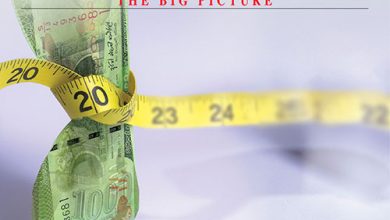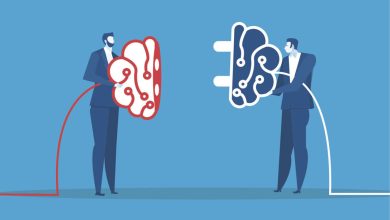VIRAL BLIND SPOT
AI DIDN’T SAVE US
BY Angelo Fernando
Where was artificial intelligence when the novel coronavirus was lurking in the shadows in late December 2019? Where was this super intelligent data tracker when a virus trespassed over international borders?
You would think that algorithms would be the most advanced smart weapons to chase after microbes. And you would hope that given the amazing feats predicted by AI researchers, software could have sniffed out the existential threat to our species.
Or have we just succumbed to the hype?
The answer is complicated…
To put things in perspective, even human intelligence (known as ‘HUMINT’ in espionage circles) missed the threat of a 100 year virus that was more or less anticipated. These are trained agents whose job it is to sniff out and evaluate threats such as an impending economic crisis or a revolution.
But even humans have been blindsided before.
The US HUMINT spectacularly missed the Arab Spring uprising, notes journalist Uri Friedman in an article in Foreign Policy magazine. Another similar breakdown in HUMINT was during the collapse of the Soviet Union. Counting missiles and estimating the output of weapons factories is simply data but the real intelligence should have been about understanding the sociopolitical dynamics at the time.
Epidemiologists are some of the world’s best human intelligence professionals, and they are generally apolitical. They have a track record of sharing information rather than hiding it. So how is it that SARS-CoV-2 evaded them?
SARS, which is a respiratory disease, was caused by another coronavirus known as SARS-CoV-1 in 2003. It killed 774 people – a tiny fraction of the mortality resulting from SARS-CoV-2 that causes COVID-19.
Collecting data is one of the most underappreciated jobs. Good data is hard to extract; especially when it comes to geopolitical data in rapidly evolving situations. Though shielded by privacy laws, medical data has helped timely interventions such as when researchers analyse how diabetes affects a particular demographic.
Better outcomes are possible only when researchers probe deeper and drill down into the data. And AI is exceptionally good at data mining.
However, it’s only as good as the data we feed into its silicon brain. A machine that can sort, evaluate and produce results at the blink of an eye is dependent on human agents that provide the material.
Chinese researchers are quite adept at data collection and have made spectacular breakthroughs. Alibaba, which is largely known for its online B2B store, has an AI division called the ‘City Brain project’ that’s been mining traffic data since 2015 in an effort to reduce congestion.
The Chinese government has several initiatives to quickly ramp up AI in engineering and science, many of which had been initiated before COVID-19. But even China lacked or hid good data and was unable to predict the impact of a virus on its economy. AI is great at pattern recognition and deep learning but it lacks intuition – a key trait in human intelligence.
Artificial intelligence has become a sexy field only because the world has been obsessed with its potential in the areas of entertainment, manufacturing and national security. AI is being developed in South Korea to detect biological weapons such as anthrax.
There are efforts to use AI and turn facial recognition into a law enforcement tool. But less effort is being put into using it to intervene in environmental disasters or poverty. We need to reset our priorities and stop being distracted by AI’s digital smokescreen.
An article in The New York Times reveals that Baricitinib, which is used to treat rheumatoid arthritis, can be a potential COVID-19 treatment after researchers used AI to sift through scientific literature related to the virus.
Terms such as ‘browsing through,’ ‘trawling through’ and ‘pinpointing’ are used to describe how AI worked in this instance. These terms indicate that results will be only as good as the research material it scans.
The real grunt work would have been done years ago by epidemiologists and data collectors. So it seems that AI was only looking in the rearview mirror rather than magically mapping out the future. Combing through scientific details written up by experts is what artificial intelligence relies on. No data, no intelligence; no brains, no machine learning.
At MIT’s Center for Brains, Minds and Machines, the focus is rightly on making sure AI looks not only deeper but broader as well. Researchers at the Massachusetts Institute of Technology are studying areas such as spatial relations in AI neural networks.
If it’s an artificial brain, AI would need to evolve much like human brains have done over millennia. So it’s unreasonable to expect it to solve life’s most urgent problems such as the coronavirus threat.
Unfortunately, due to the overhype about the capabilities of artificial intelligence, it seems that many of us have high expectations because we’ve been steadily ‘drinking the Kool-Aid’!






